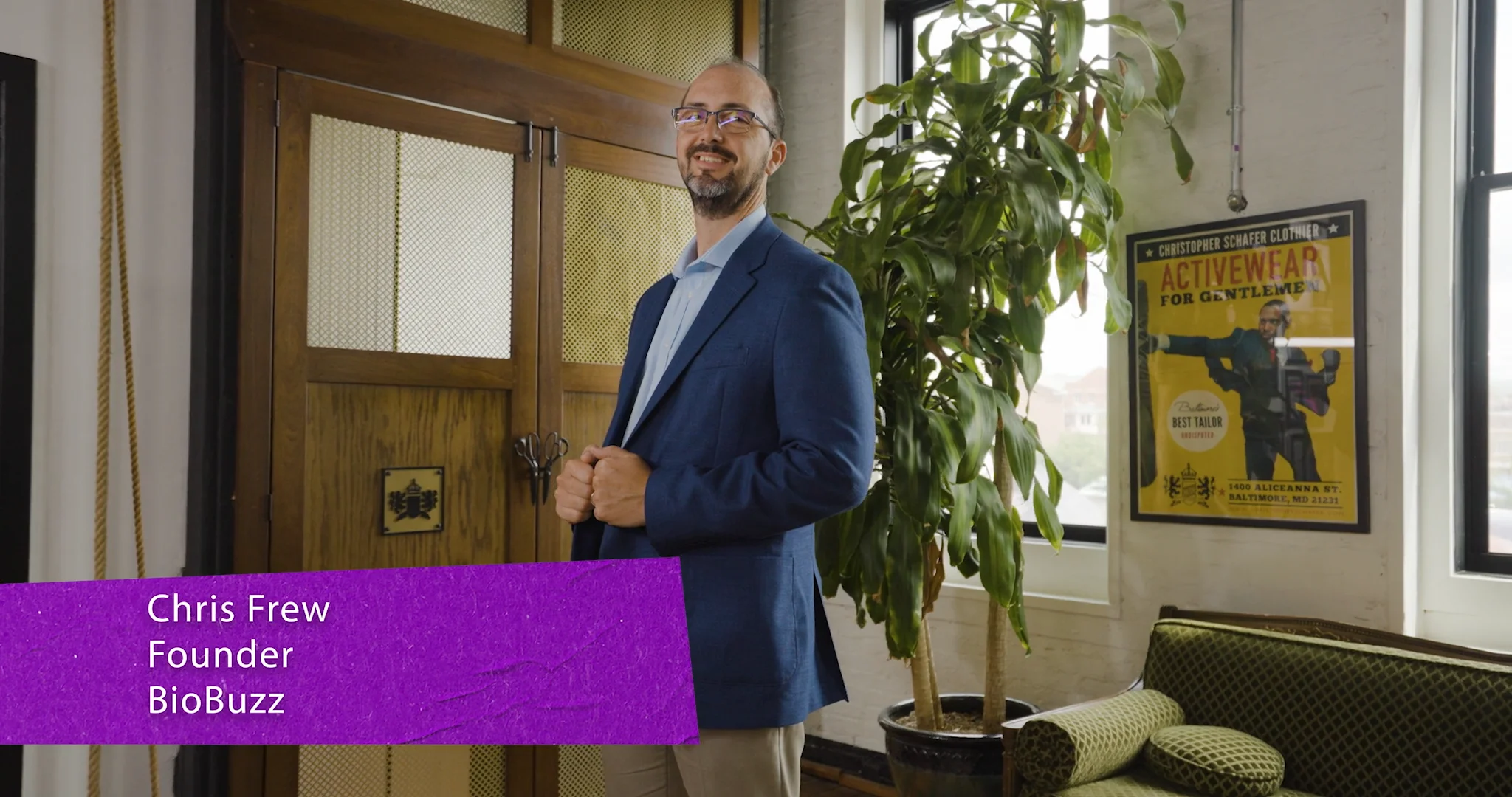.png)
Exciting things are happening
BioBuzz is evolving its platform — with a bold new look, expanded features, and more ways to connect, grow, and thrive in the life sciences ecosystem. Step into the next era of BioBuzz.
Grow your career, company, or ecosystem with us.

